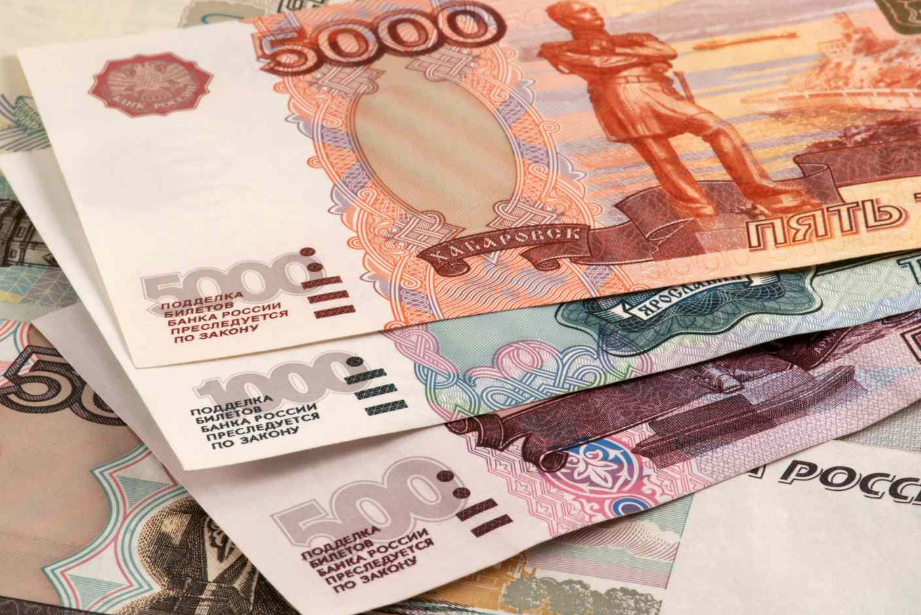Are you interested in learning more about the national currency of Russia? Look no further than this guide on the Russian Ruble. In this article, we'll explore the history and evolution of the Ruble, its current value and usage, and answer some commonly asked questions.
History of Russia National Currency
The Ruble has been the official currency of Russia since the 15th century, although its history goes back even further. The word "ruble" comes from the Russian word "rubit," which means "to chop" or "to cut." This is because the first Russian coins were cut from silver bars, making them roughly the size and shape of an axe blade.
Over time, the Ruble went through many changes. In the 1700s, Russia began minting copper coins alongside silver ones. In the early 1800s, paper money was introduced. During the Soviet era, the Ruble was revalued multiple times, and the government controlled its value.
In the 1990s, after the fall of the Soviet Union, the Ruble experienced hyperinflation, with its value dropping significantly. The Russian government eventually stabilized the currency by introducing a new Ruble, with one new Ruble equaling 1,000 old Rubles.
Value and Usage of Russia National Currency
As of April 2023, one US dollar is worth around 74 Russian Rubles. The Ruble is the world's 17th most traded currency and is primarily used in Russia and several other former Soviet republics.
The Ruble is issued by the Central Bank of the Russian Federation and comes in denominations of 10, 50, 100, 500, 1000, 5000 Rubles, as well as coins in smaller denominations. The Ruble is widely accepted in Russia for daily transactions such as buying groceries, paying bills, and making purchases online.
In addition, the Ruble is used in international trade, although the US dollar and Euro are more commonly used in global transactions. The Ruble's value is influenced by several factors, including the price of oil (Russia's main export), the country's economic performance, and global economic conditions.
Tips for Using Rubles in Russia
If you plan on traveling to Russia or doing business in the country, here are a few tips for using Rubles:
- Exchange money at a bank or exchange office, rather than a hotel or airport, to get a better rate.
- Be prepared to pay in cash for many transactions, as credit cards are not as widely accepted as they are in some other countries.
- Be cautious when using ATMs, as some may charge high fees or have limited withdrawal amounts.
- Keep smaller bills and coins on hand, as many businesses may not have change for larger denominations.
FAQs about the Russian Ruble
- What is the symbol for the Ruble?
The symbol for the Ruble is ₽.
- Is the Ruble a stable currency?
While the Ruble has experienced instability in the past, it has become more stable in recent years. However, its value can still fluctuate due to various economic factors.
- Can I use US dollars in Russia?
While some businesses in tourist areas may accept US dollars, it's generally better to exchange your money for Rubles.
- Is it better to exchange money before or after arriving in Russia?
It's generally better to exchange your money in Russia, as you'll likely get a better rate at a bank or exchange office.
References
- "History of the Russian Ruble" by Investopedia: https://www.investopedia.com/articles/forex/041015/history-russian-ruble.asp
- "Russia's Ruble: The Exchange Rate and Economic Effects of Sanctions" by Congressional Research Service: https://crsreports.congress.gov/product/pdf/IF/IF10943
- "Russia's Currency: The Costs and Consequences of Central Bank Independence" by The National Bureau of Asian Research: https://www.nbr.org/publication/russias-currency-the-costs-and-consequences-of-central-bank-independence/
